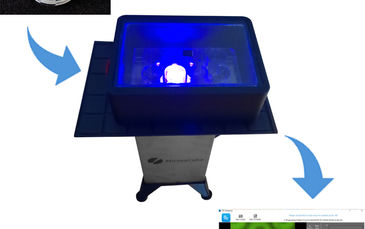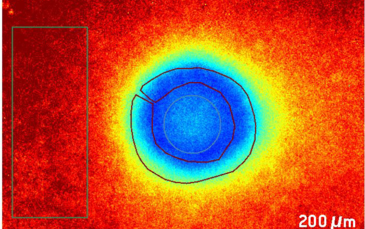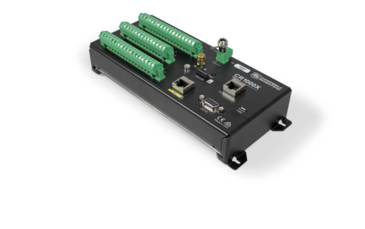
Conquer Ultra Barrier Properties
January 31, 2012Measuring the oxygen permeation rate with the very low detection limit of 0.5 ppm (gas phase) offers new opportunities: minimizing the amount of oxygen that penetrates certain synthetic materials helps to improve the shelf life of products or films with ultra barrier properties for certain technical applications, e. g. LED displays, photovoltaic modules or organic solar cells.
Especially the packaging industry and material development will benefit from a joint project between the Fraunhofer Institute for Process Engineering and Packaging IVV in Freising and PreSens Precision Sensing GmbH in Regensburg. The project resulted in a prototype device for trace oxygen measuremnt which is easy-to-handle and very cost-effective. The detection limit of 0.5 ppm in the gas phase of the new, highly sensitive sensor TAF12 allows measurements lower by a factor of 50 than in systems used so far and has a dynamic range of 0 - 1000 ppm (gas phase). The newly designed measurement cells with improved leak tightness are made of stainless steel.
Measurement system set-up: The new measurement cell with two gas connectors for each of the two chambers; the sensor spot is applied to the upper chamber and read out via polymer optical fiber by the Fibox 3 LCD trace by PreSens.
The new measurement system together with the TAF12 sensor by PreSens is an easy-to-use and cost-effective method to determine oxygen permeability of important synthetic materials. In a few months time, serial production will have started and customers in industry and research will benefit from the low detection limit while testing novel packaging materials or high barrier films.
Contact:
Christina Schlauderer
Communications
PreSens Precision Sensing GmbH
Phone: +49 941 94 27 21 09
E-Mail: christina.schlauderer@presens.de





